ANCIENT CULTURE IN VIETNAMESE TERRITORY
Vietnam has a rich history and culture, with many ancient cultures that have formed and developed in its territory. These cultures not only reflect the diversity of people's way of life, thinking, and art but also contribute to creating the country's unique cultural identity. In this article, we will explore ancient cultures in Vietnam, from Dong Son culture, and Sa Huynh culture, to Champa culture and Dai Viet culture.
Dong Son culture - the brilliant period of ancient Dai Viet civilization
Dong Son culture is one of the ancient cultures that appeared around 800 BC and existed in some northern provinces of Vietnam. This culture is named after the Dong Son archaeological site, located on the banks of the Ma River, Thanh Hoa province.
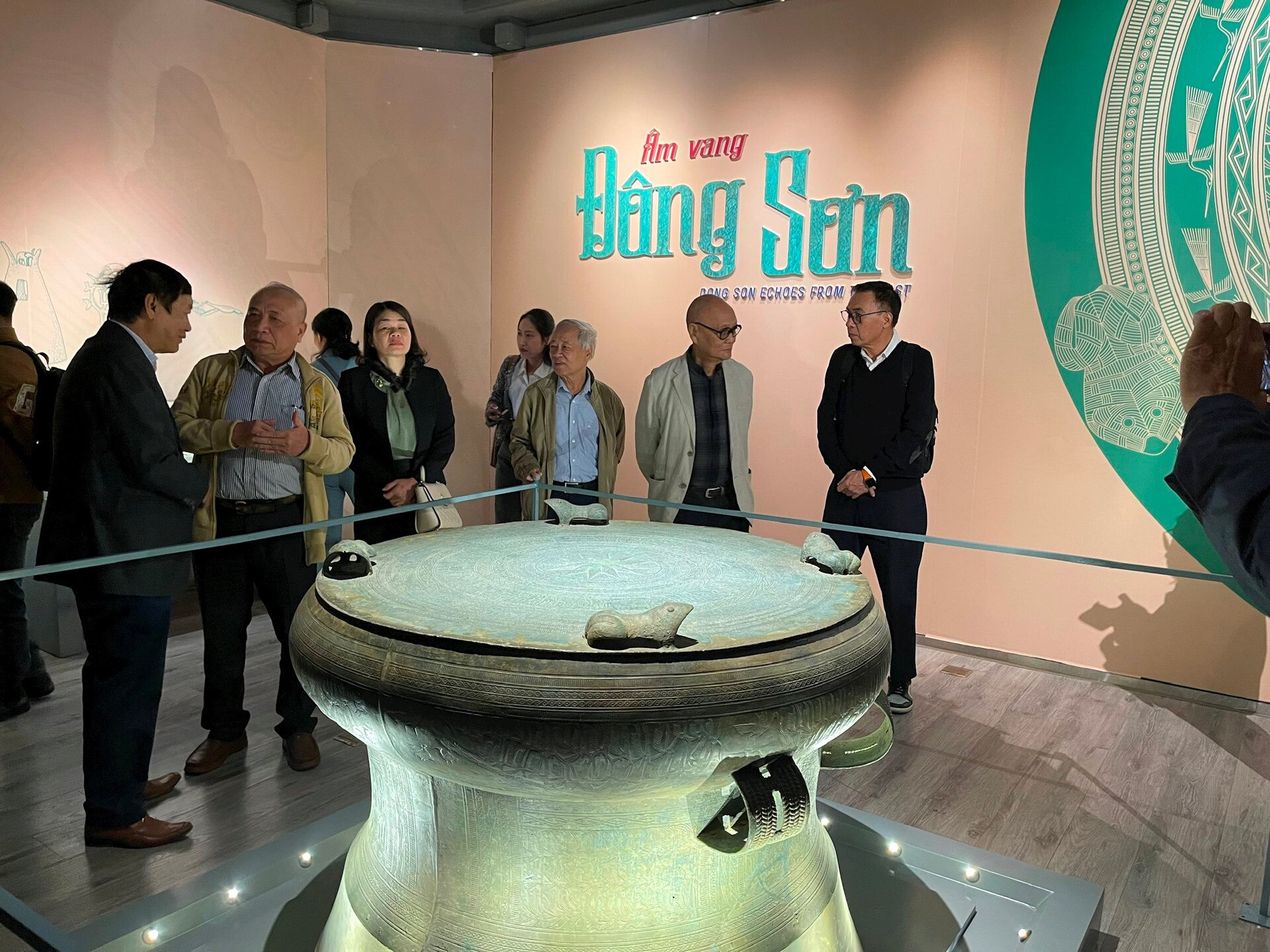
Artistic features
Dong Son culture is the pinnacle of the Bronze Age and early Iron Age in Vietnam. This was the era when Vietnamese people completely mastered the materials and technology of making brass. From tools, weapons, and living utensils, to musical instruments, Dong Son art statues can be seen as a panorama of the life of agricultural residents who grow wet rice. Dong Son's art stands out with products such as bronze drums, bronze axes, bronze drums, etc. Dong Son bronze drums are considered a symbol of this culture, with sophisticated patterns depicting daily life—activities, wars, and beliefs of the ancients.
Belief and life
Dong Son people have a developed agricultural life, with wet rice cultivation and cattle raising. Their beliefs are often related to nature, ancestors, and especially humans. Sacrificial rituals and festivals also play an important role in the spiritual life of the community.
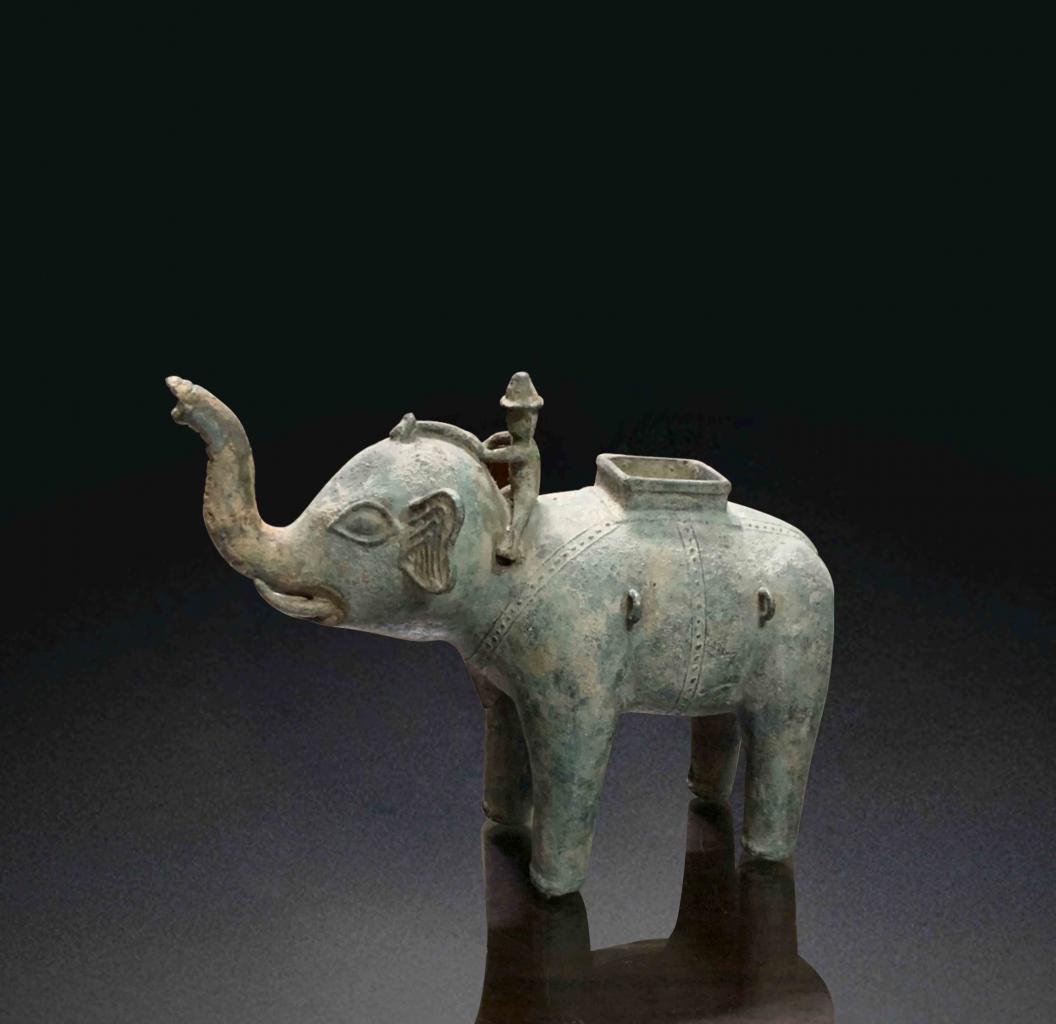
Cultural heritage
Dong Son's cultural heritage not only left Vietnam with valuable artifacts but also deeply influenced later cultures. The manufacturing techniques, decorative arts, and customs of the Dong Son people are still preserved and developed to this day.
Sa Huynh culture
Sa Huynh culture is an archaeological culture identified from around 1000 BC to the end of the 2nd century. Appearing in the Central region of Vietnam, especially in the provinces of Quang Ngai and Quang Ngai provinces. stretching from Thua Thien-Hue to Binh Thuan.
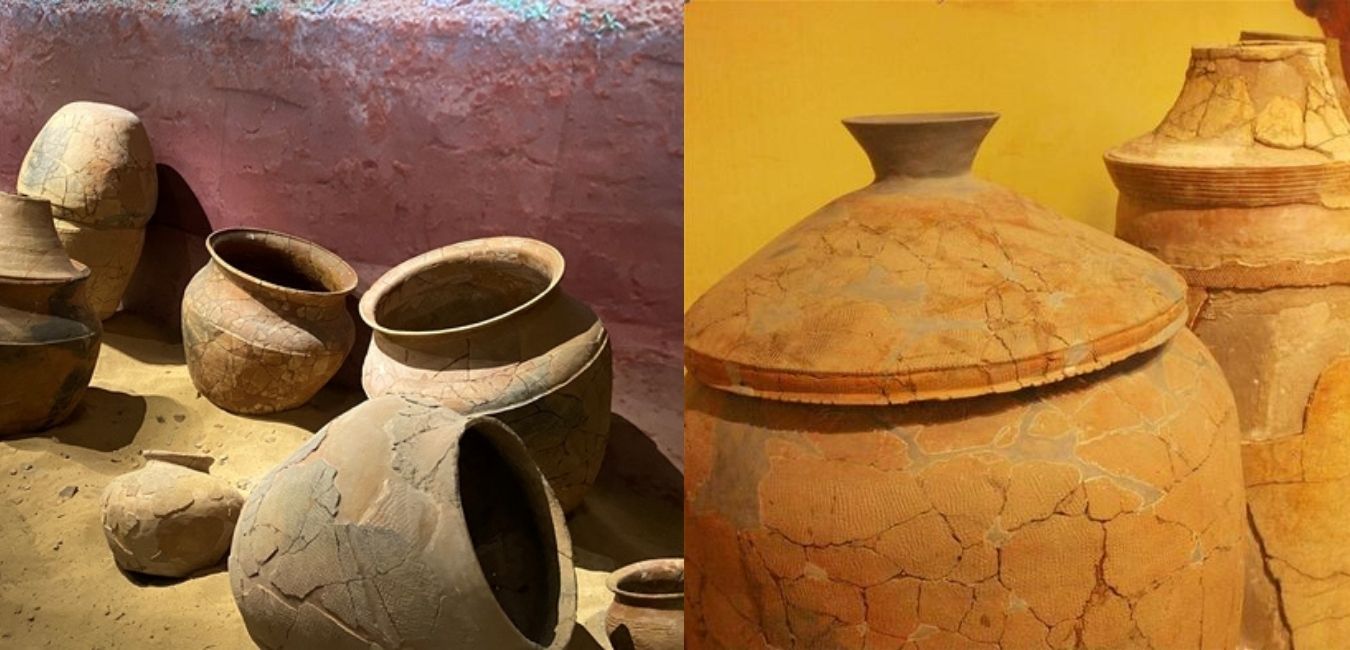
Geographic and economic characteristics
The owner of Sa Huynh culture has a multi-sectoral economy, including farming on the fields and exploiting mountain forest products, growing rice in the plains, developing handicrafts, coastal fishing, and trading. sold to ethnic groups in Southeast Asia and beyond, with China and India.
Arts and crafts
Sa Huynh culture developed from the early Bronze Age to the Early Iron Age, from about 3500 years to the last centuries AD. The process of converging different origins reached the peak development stage of this culture around 2,500 - 2,000 years ago today.
One of the achievements of Sa Huynh culture is the jewelry-making industry and the style of use of the owner of this culture. The appearance of diverse, rich jewelry and diverse materials shows that Sa Huynh residents are talented, skillful, and highly aesthetic people. Sa Huynh culture has a preference for jade items. It was a fairly civilized class at that time. Artificial glass is a brilliant achievement of Sa Huynh Culture. This is one of the earliest places where artificial glass was made in the world.
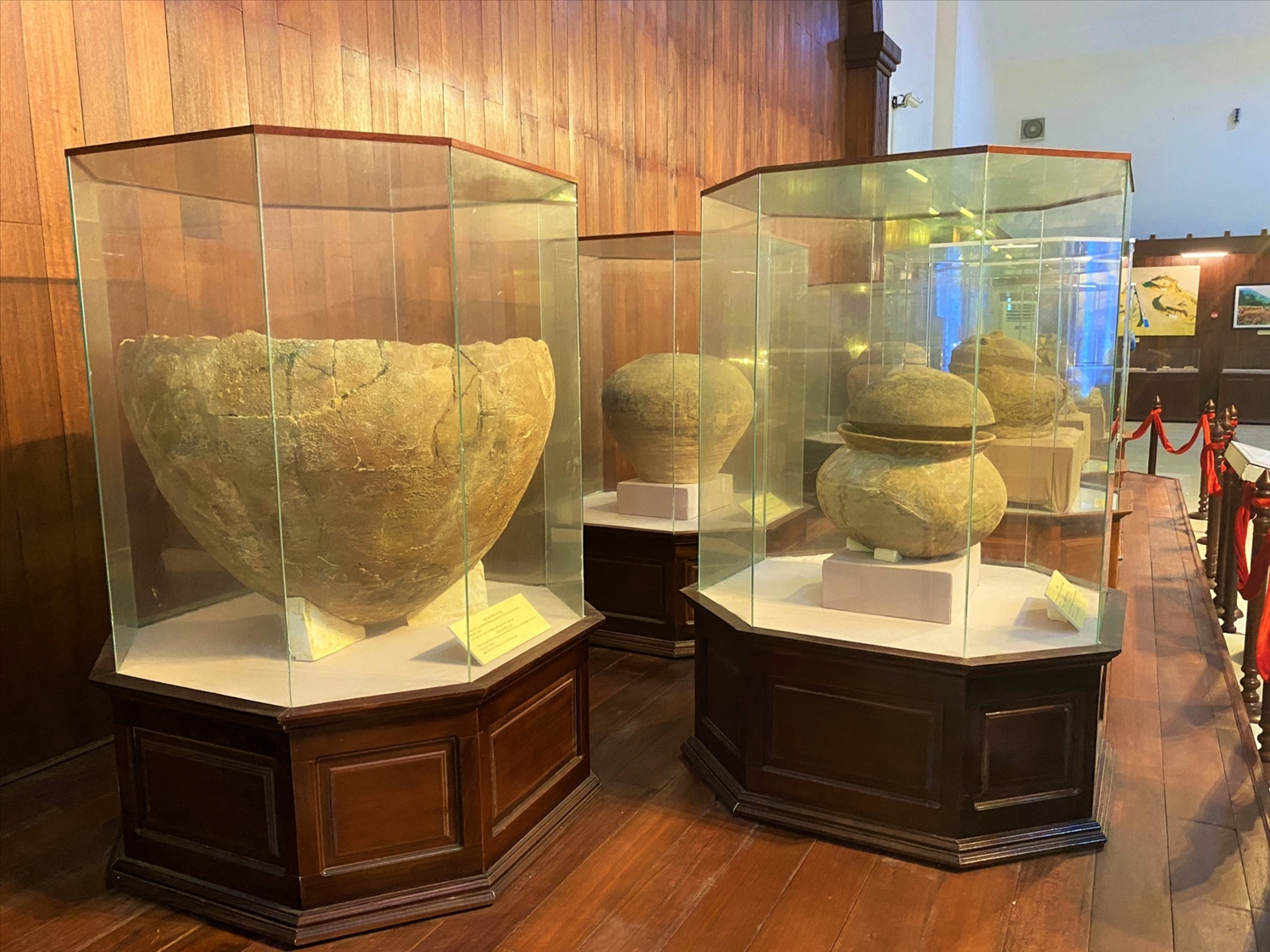
Beliefs and customs
The unique custom of the ancient Sa Huynh people is to bury the dead in large jars with a height of up to 1.2m, made from black and red soil and baked quite well. The dead are buried in jars in a kneeling position to continue living in the underworld. Burial items are more or less depending on the wealth or poverty of the deceased.
The ancient Sa Huynh people followed matriarchal beliefs and still exist today among the Cham ethnic groups and indigenous people of the Central Highlands. The Cham people celebrate Tet every year on the first day of the year, April 19 (Gregorian calendar) and have two major festivals, the Kate festival in the 7th month of the Cham calendar, to show gratitude to heaven and earth, and the ancestors' blessings for their descendants. , commemorating virtuous kings and the Chabur Festival in the 9th lunar month to offer offerings to goddesses such as goddess Thien YA Na - the queen of the Cham people.
Champa culture
Champa culture is one of the major cultures of the Cham people, an ethnic minority living mainly in Central and Southern Vietnam. This culture flourished from the 2nd century to the 15th century.
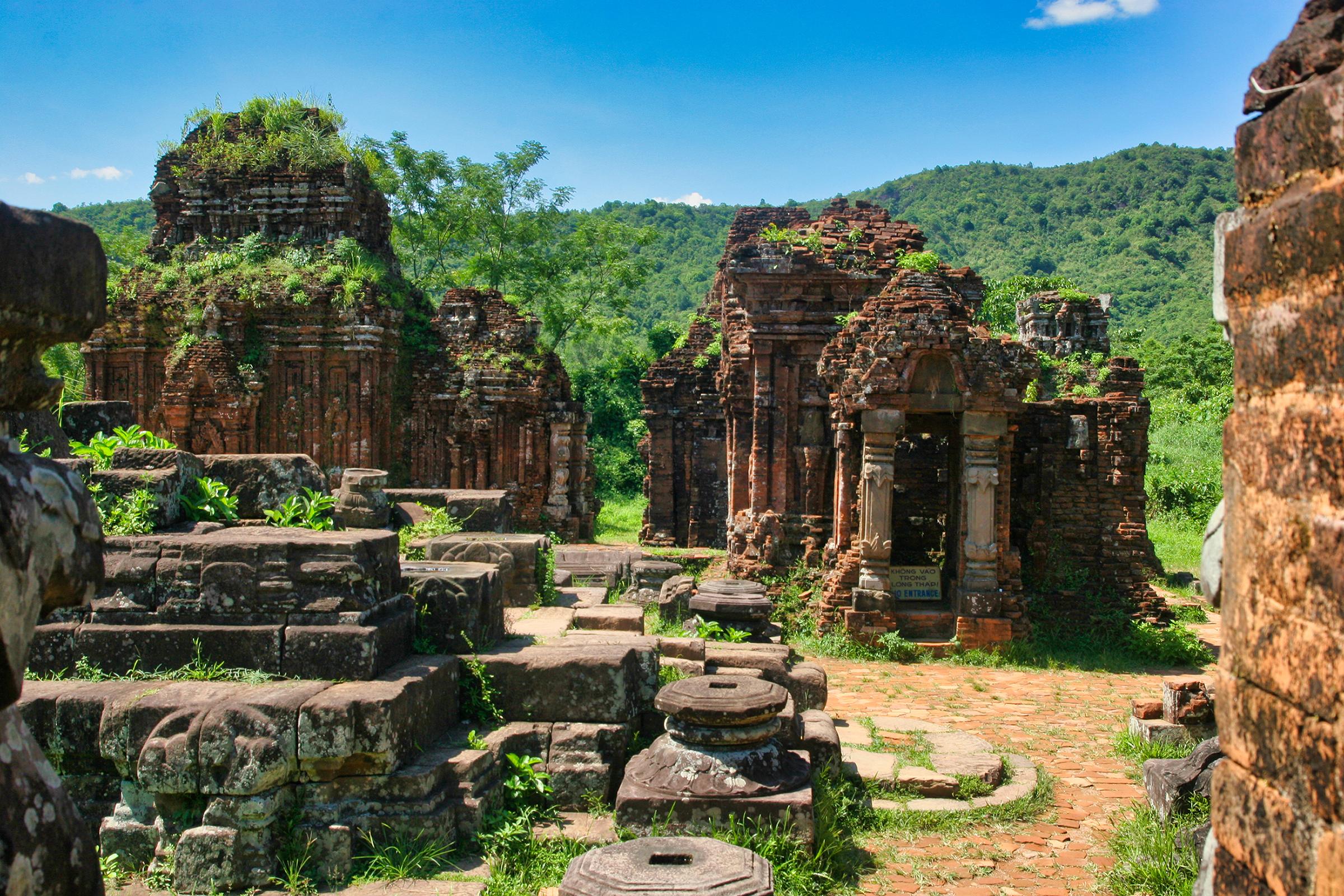
Architecture and art
Materials used in Champa architecture are known as "masters of the art of brick building". Famous works of Champa culture such as Po Sah Inu Tower, Po Nagar Tower, Po Rome Tower,... According to research by architects, the towers are all built with orange-red or dark-red bricks. , pre-fired with high porosity, then constructed without mortar joints. In particular, the sculptural details are meticulously and precisely executed directly on the brick floor.
Beliefs and religion
The beliefs of the Cham people are mainly Hinduism and Buddhism. They worship gods like Shiva, Vishnu, and other gods in their religion. Religious festivals take place regularly, attracting large numbers of participants and demonstrating the bond between humans and gods.
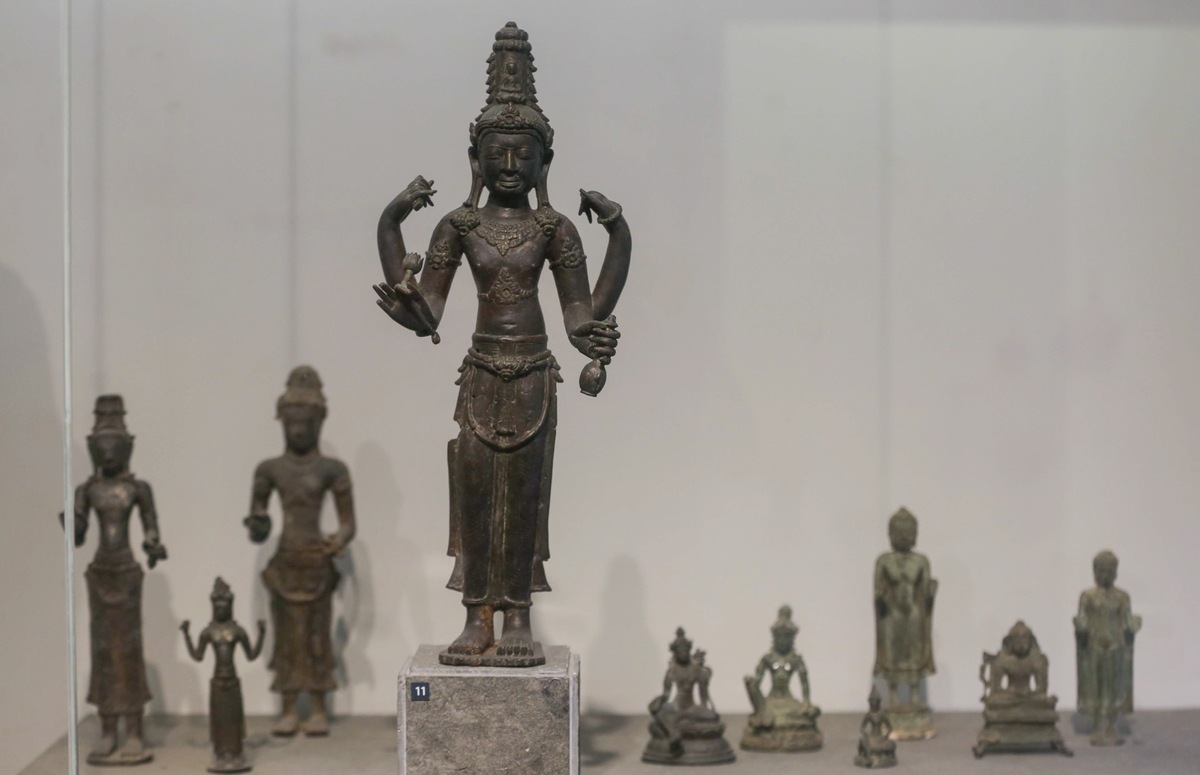
Cultural heritage
Champa's cultural heritage includes not only architectural works but also traditional customs, languages, and arts. These values are still preserved and promoted in the lives of modern Cham people.
Dai Viet culture
Dai Viet culture is the dominant culture of the Vietnamese people, formed and developed from the early period of the country's founding until now. This is a culture strongly influenced by other cultures such as China and India but still retains its own identity.
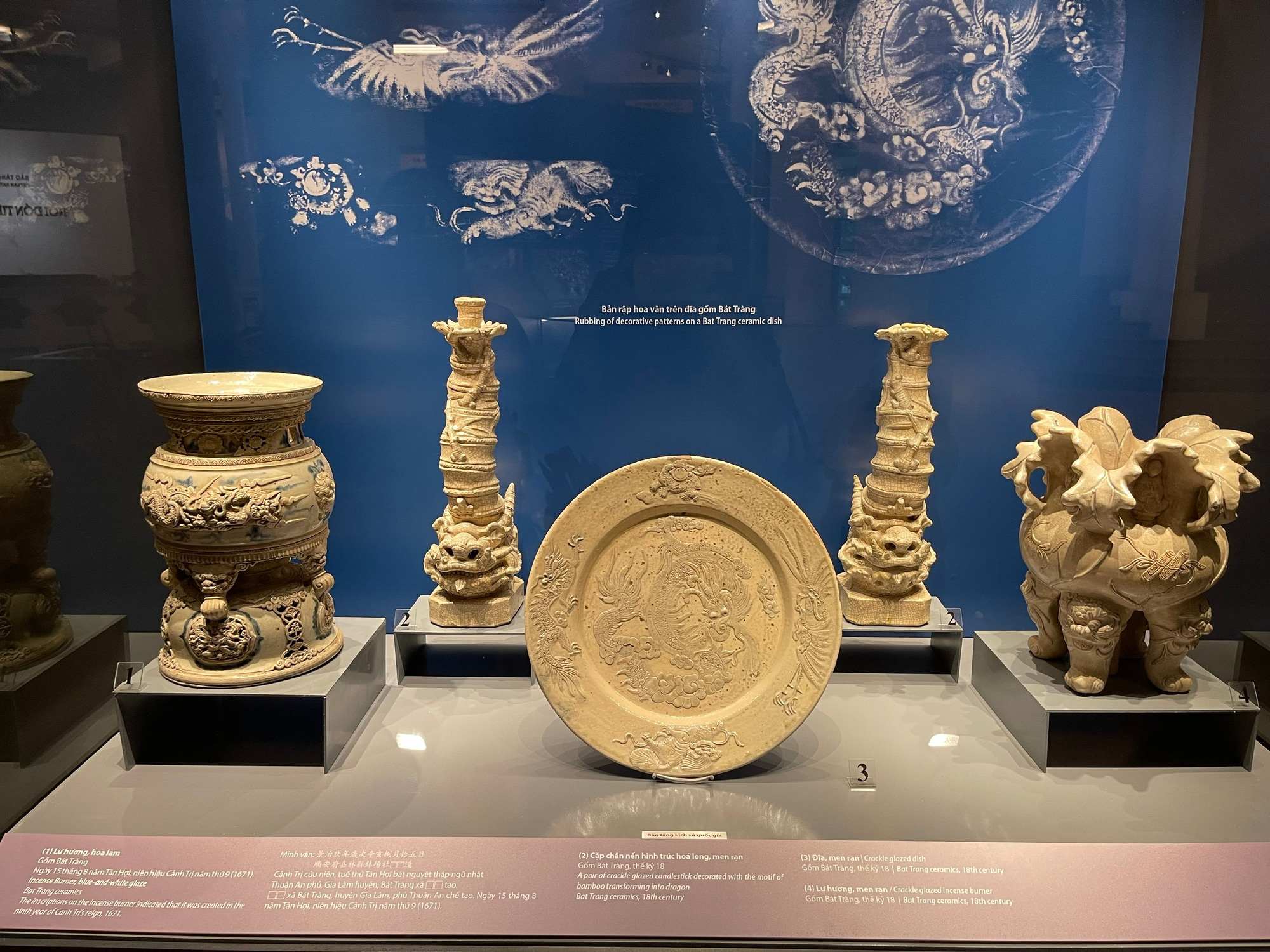
Language and Literature
Vietnamese is the official language of the Vietnamese people, with a rich writing system. Vietnamese literature has many famous works from poetry to prose, reflecting the thoughts, feelings, and lives of people through the ages.
Art and music
Music and performing arts are an indispensable part of Dai Viet culture. Art forms such as Cheo singing, Cai Luong, and water puppetry are imbued with national cultural identity and are widely loved.
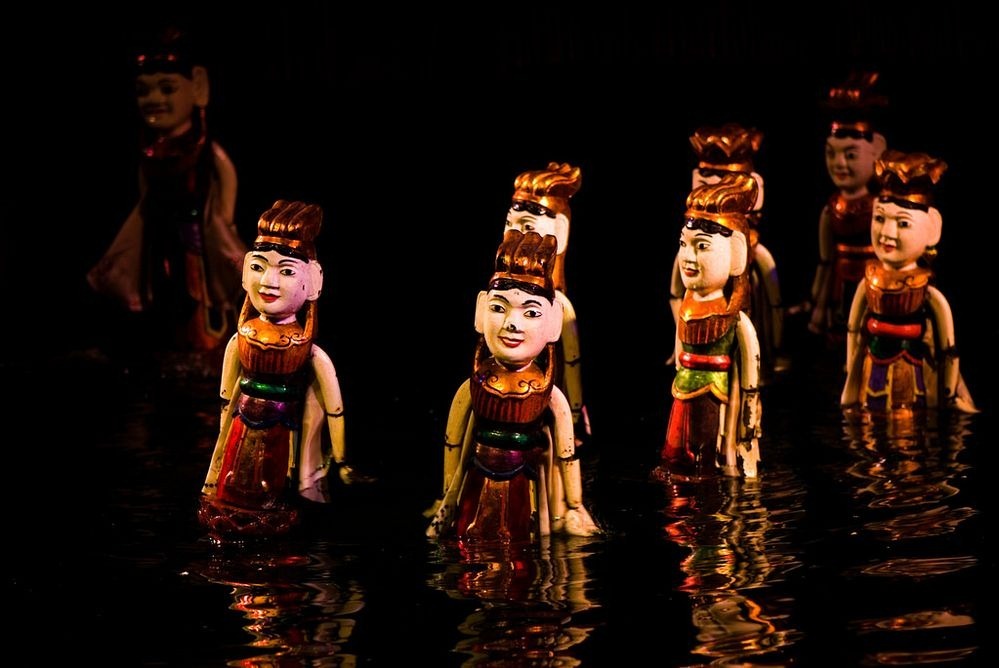
Beliefs and customs
Folk beliefs, and worship of ancestors and gods are typical features of the spiritual life of Vietnamese people. Traditional festivals that take place every year are not only an opportunity to remember ancestors but also an opportunity for the community to bond and share joy.
Conclude
The ancient cultures in Vietnam are not only precious heritage but also a source of inspiration for future generations. Researching, preserving, and promoting these cultural values is the responsibility of every Vietnamese person, to preserve the nation's cultural and historical identity.
other information
- HOA LU ANCIENT CAPITAL, THE 1ST CAPITAL OF CENTRALIZED FEUDAL STATE OF VIETNAM
- THE LONGEST-REIGNING KING OF VIETNAM
- NGUYEN DYNASTY, THE LAST FEUDAL DYNASTY IN VIETNAM
- THE IMAGE OF BUFFALO IN VIETNAMESE TRADITIONAL CULTURE
- TAM DAO, AN IDEAL DESTINATION FOR WEEKEND
- FANSIPAN - THE PARADISE OF NORTH-WEST VIETNAM
- THE COCONUT, AN INDISPENSABLE FRIEND IN VIETNAM FOLK CULTURE
- LOTUS FLOWER, A SYMBOL OF TRADITIONAL VIETNAMESE FOLK CULTURE
- BA NA HILLS, A MAN-MADE MASTERPIECE THAT HARMONIZES WITH NATURE
- NHA TRANG, INTERNATIONAL VIETNAM COASTAL TOURIST CITY
